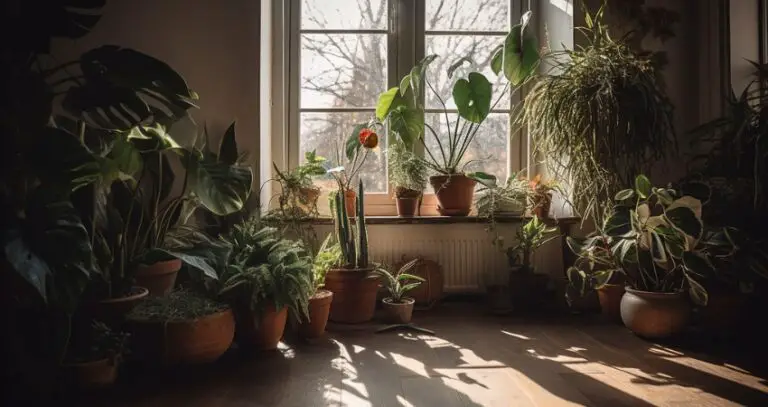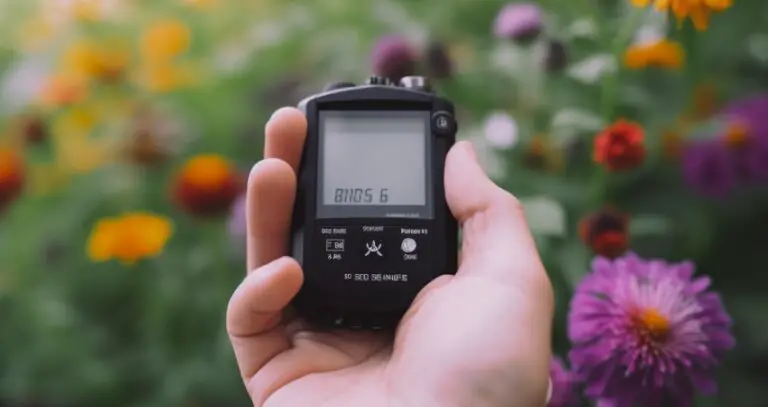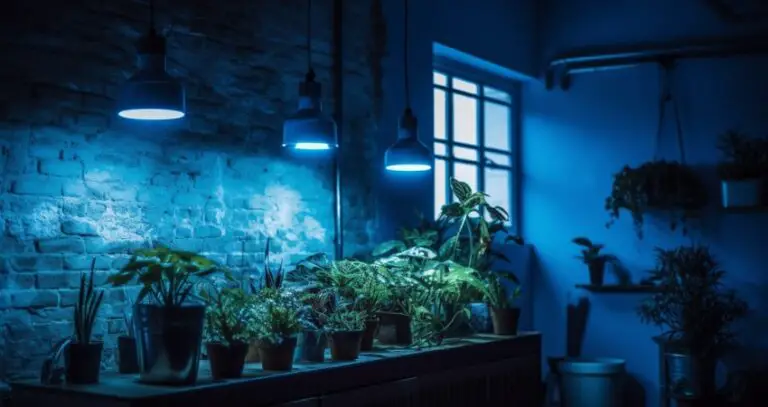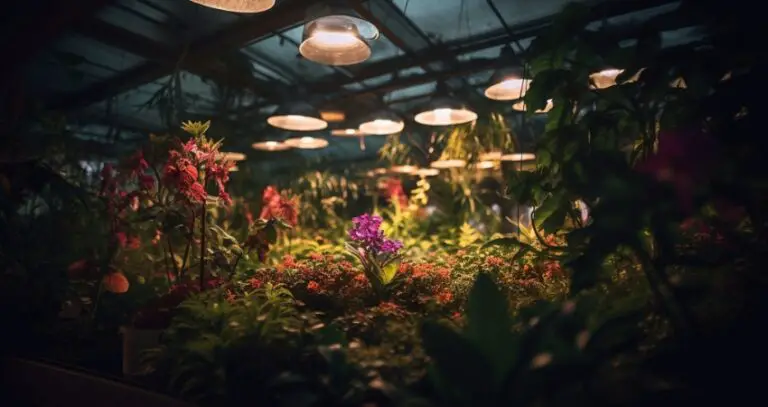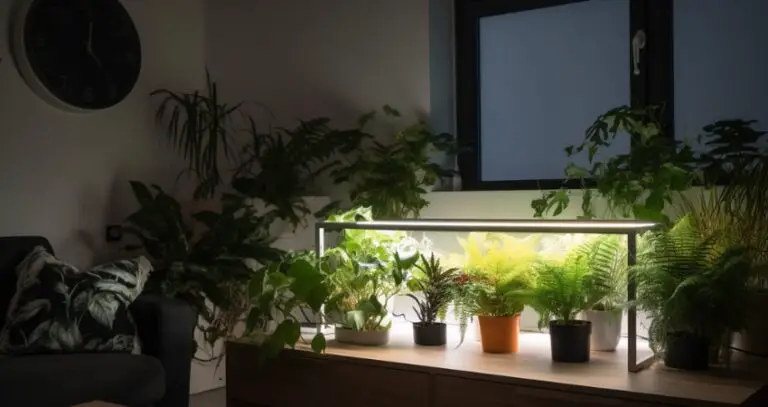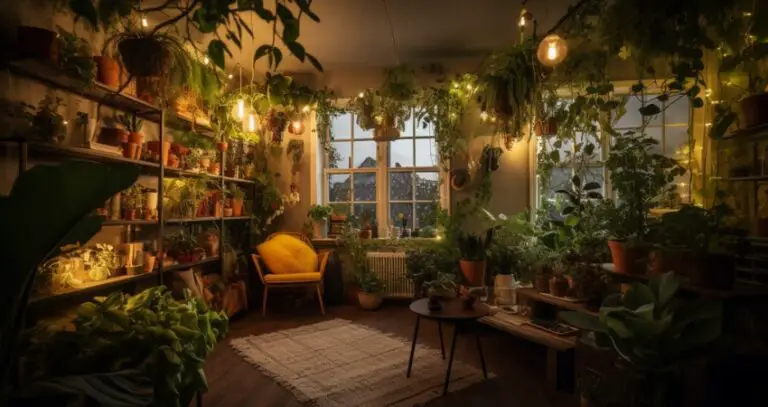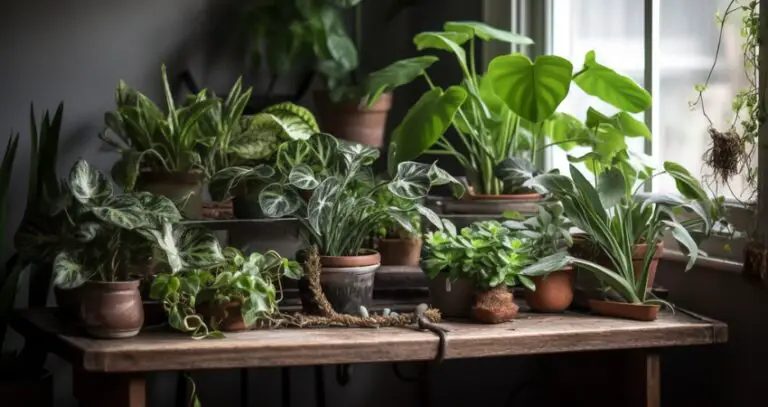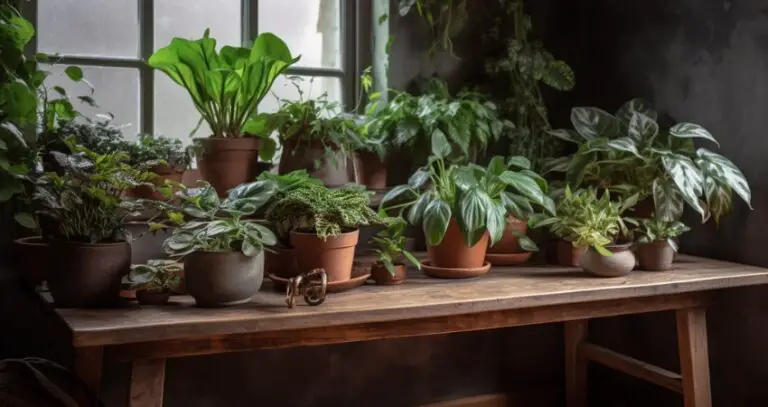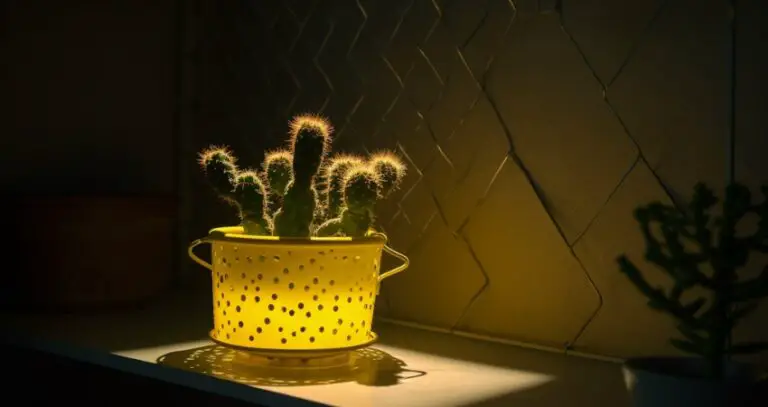Imagine transforming your indoor space into a thriving, verdant oasis where your plants flourish, bringing life and vitality to every corner. The secret to achieving this indoor garden utopia lies in mastering the art and science of lighting. In this ultimate guide to lighting for indoor plants, we’ll illuminate the path to creating a lush, vibrant sanctuary, right within your own home.
From unraveling the mysteries of photosynthesis to exploring the colorful world of light spectrum, we’ll arm you with the knowledge to make informed decisions about the best light sources for your cherished green companions. Navigate through the dazzling array of artificial lighting options, learn how to troubleshoot common lighting woes, and discover the secrets to maintaining healthy plant growth in any season.
Prepare to embark on a journey that will transform your indoor gardening skills and turn your home into a thriving, verdant haven. Let’s shed some light on the fascinating world of indoor plant lighting!
Understanding the Basics of Light for Indoor Plants
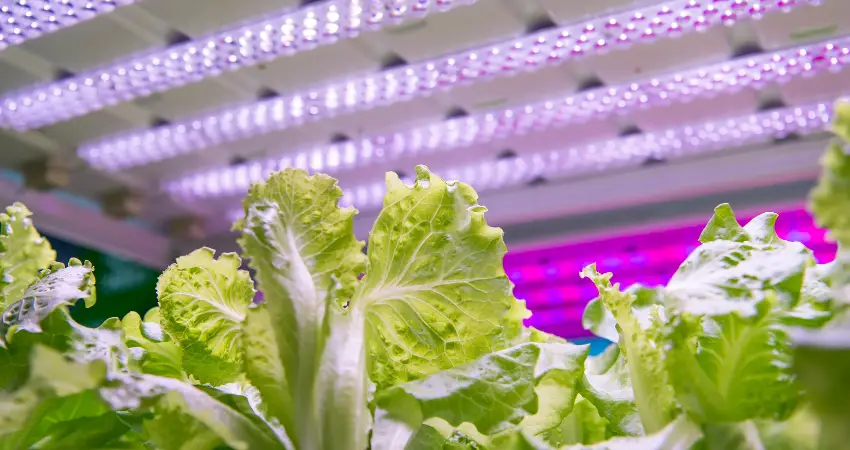
1. Photosynthesis
At the heart of a plant’s growth lies the incredible process of photosynthesis. This essential process enables plants to harness light energy, converting it into chemical energy they can utilize. Here’s a brief overview of this fascinating process:
- Light absorption: Plants absorb sunlight through their chlorophyll, a pigment that captures photons.
- Energy conversion: These captured photons energize electrons, which kick off a series of chemical reactions.
- Production of sugars: The energized electrons help produce adenosine triphosphate (ATP) and nicotinamide adenine dinucleotide phosphate (NADPH). These molecules, in turn, help create glucose (sugar) through the Calvin cycle.
- Utilization and storage: Plants use glucose as an energy source or store it as starch for future use.
Photosynthesis is a vital process for plant growth, so understanding light requirements is crucial for healthy indoor plants.
2. Light Spectrum
Not all light is created equal when it comes to plant growth. The light spectrum plays a significant role in the overall health and development of your plants. Let’s break it down:
- Visible light: This portion of the electromagnetic spectrum consists of wavelengths that humans perceive as colors. It ranges from violet (shorter wavelengths) to red (longer wavelengths).
- Photosynthetically Active Radiation (PAR): PAR refers to the range of light wavelengths that plants can use for photosynthesis. It typically falls between 400 and 700 nanometers (nm).
- Blue and red light: Blue light (around 400-500 nm) promotes vegetative growth and helps develop strong root systems. Red light (around 600-700 nm) encourages flowering and fruiting. Together, they form the foundation for successful plant growth.
- Infrared and ultraviolet light: These wavelengths lie outside the PAR range. Infrared (IR) light generates heat, while ultraviolet (UV) light can help improve plants’ natural defense mechanisms and enhance their colors.
3. Light Intensity
Light intensity determines how much energy plants receive for photosynthesis. It influences the rate at which they grow and develop. Here’s what you need to know:
- Factors affecting intensity: The distance between the light source and the plant, the type of light source, and the duration of light exposure all impact intensity.
- Measuring light intensity: Two common units for measuring light intensity are foot-candles (fc) and lux (lx). One foot-candle is equivalent to one lumen per square foot, while one lux is one lumen per square meter. Generally, indoor plants require 75-1,000 fc (800-10,000 lx) of light intensity.
4. Photoperiod
The photoperiod refers to the length of time a plant is exposed to light each day. It affects the plant’s circadian rhythm and influences flowering and fruiting.
- Day length: Some plants require long days (14-18 hours of light) to flower, while others need short days (10-13 hours of light). By manipulating the photoperiod, you can encourage specific growth stages.
- Circadian rhythm: Plants, like humans, have an internal clock that helps regulate physiological processes. Adjusting the photoperiod can help synchronize a plant’s circadian rhythm with its environment.
- Photoperiodism and flowering: Some plants are classified as “short-day” or “long-day” plants based on the amount of darkness they need to initiate flowering. By understanding these requirements, you can optimize lighting conditions for successful blooming.
Types of Indoor Plant Lighting
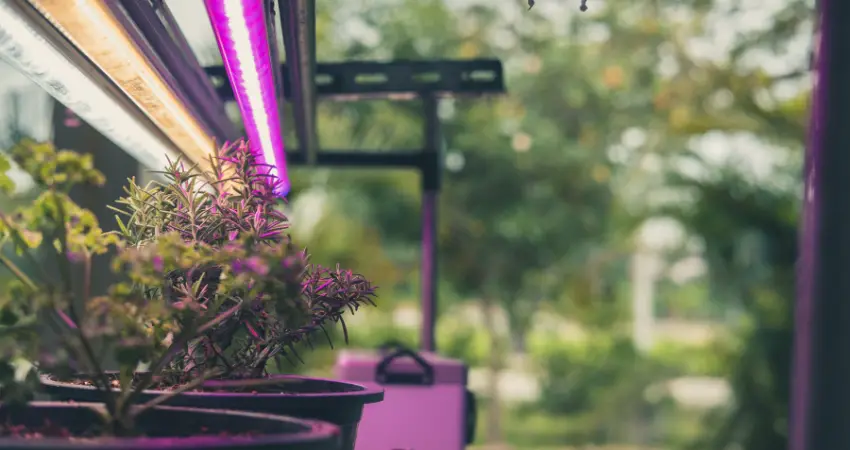
1. Natural Light
The sun provides an excellent source of light for indoor plants. However, its availability depends on factors like window placement and season. Let’s explore these aspects:
- Sunlight: Direct, indirect, and filtered sunlight are the primary forms of natural light for indoor plants. Each type of light suits different plant species, so it’s crucial to match plants with their preferred light conditions.
- Window types and orientations: The direction your windows face can significantly impact the amount of light your plants receive. South-facing windows offer the most sunlight, while north-facing windows provide the least. East and west-facing windows offer moderate amounts of light.
- Light shelves and reflectors: To maximize the sunlight available to your plants, consider using light shelves or reflectors. These can help redistribute light evenly and minimize the need for artificial lighting.
2. Artificial Light
Artificial light sources offer flexibility and control over the lighting conditions for your indoor plants. Here’s a rundown of the most common options:
2.1. Incandescent bulbs:
These traditional bulbs emit a warm, yellowish light with more red than blue spectrum. They’re less energy-efficient and generate heat, making them less suitable for plant growth.
2.2. Fluorescent lights:
a. Compact fluorescent lights (CFLs): CFLs are energy-efficient, emit less heat, and provide a balanced light spectrum suitable for most indoor plants.
b. T5 and T8 tubes: These high-output fluorescent tubes offer improved energy efficiency and light quality. They’re ideal for providing supplemental light to plants requiring high light levels.
2.3. Light-emitting diode (LED) lights:
a. Full-spectrum LEDs: These lights mimic the sun’s natural spectrum, providing an optimal light source for various plant growth stages. They’re energy-efficient, long-lasting, and generate less heat.
b. Customizable LED panels: Some LED panels allow you to adjust the light spectrum, intensity, and photoperiod. This customization enables you to tailor your lighting setup for specific plant needs.
2.4. High-intensity discharge (HID) lights:
a. Metal halide (MH): MH bulbs emit a balanced, cool-toned light with a strong blue spectrum, promoting vegetative growth.
b. High-pressure sodium (HPS): HPS bulbs provide a warm-toned light with a strong red spectrum, encouraging flowering and fruiting.
2.5. Ceramic metal halide (CMH) lights:
CMH lights combine the best features of MH and HPS bulbs, offering a balanced light spectrum and high energy efficiency.
3. Comparison of Light Sources
When choosing artificial lighting for your indoor plants, consider these factors:

- Energy efficiency: LEDs and fluorescents are generally more energy-efficient than incandescent and HID bulbs.
- Life span: LEDs have the longest life span, followed by fluorescents, CMH, and HIDs. Incandescent bulbs have the shortest life span.
- Cost: LEDs and CMH lights can be more expensive upfront but offer long-term cost savings due to their energy efficiency and longer life span.
- Light quality: Full-spectrum LEDs, CMH lights, and T5/T8 fluorescents offer the best light quality for plant growth.
Choosing the Right Light Source for Your Indoor Plants
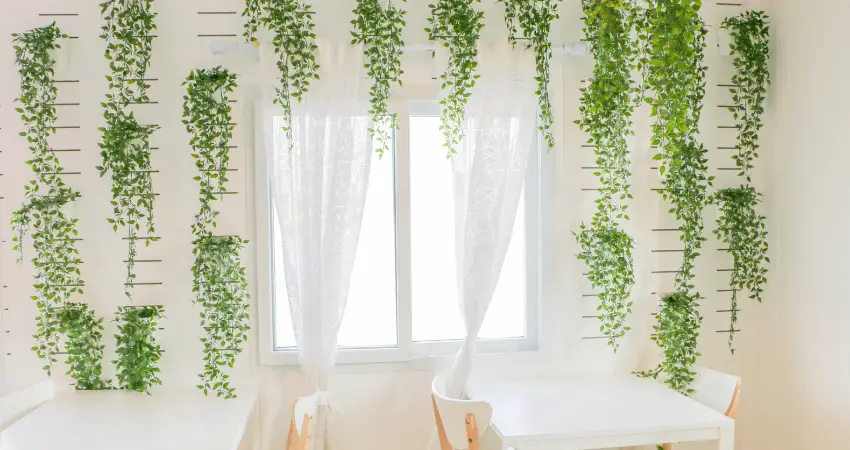
Assessing Your Plant’s Light Requirements
Knowing your plants’ light preferences is crucial for their health and growth. Here are three general categories of light requirements:
- Low-light plants: These plants can thrive in indirect or filtered sunlight and can adapt to artificial light sources like CFLs or low-output LEDs. Examples include snake plants, pothos, and ZZ plants.
- Medium-light plants: These plants require bright, indirect light and can benefit from artificial light sources with a balanced spectrum. Dracaena, philodendron, and spider plants are examples of medium-light plants.
- High-light plants: High-light plants need intense light, often thriving in direct sunlight or under high-output artificial light sources like T5/T8 fluorescents, full-spectrum LEDs, or HID lights. Examples include fiddle-leaf figs, succulents, and fruiting plants like tomatoes.
Matching Plant Needs with Light Sources
When selecting a light source, consider the following factors:
- Light spectrum: Choose a light source with the appropriate spectrum for your plant’s growth stage (blue for vegetative growth, red for flowering).
- Intensity and duration: Match the light intensity and photoperiod to your plant’s specific needs, adjusting as necessary throughout its growth stages.
Customizing Your Indoor Lighting Setup
Create an optimal lighting environment for your plants with these tools:
- Light fixtures: Choose fixtures that can accommodate your preferred light source and allow for easy adjustments in height and position.
- Light stands: Invest in adjustable light stands to ensure your plants receive the right amount of light at every growth stage.
- Reflective surfaces: Use reflective surfaces, like Mylar or aluminum foil, to increase light efficiency and distribution.
- Timers and light sensors: Automate your lighting setup with timers or light sensors to maintain a consistent photoperiod and ensure plants receive adequate light exposure.
Troubleshooting Common Lighting Issues
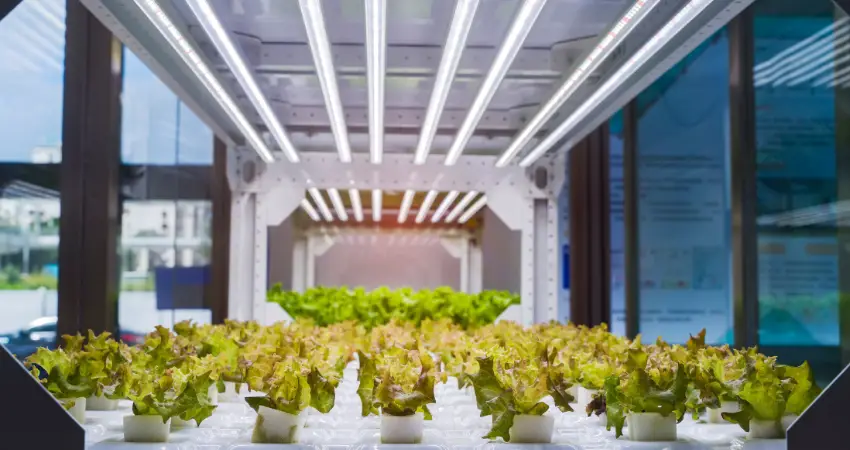
Insufficient Light
Insufficient light can hinder plant growth and health. Symptoms include weak, leggy growth, pale leaves, and slow growth.
- Symptoms and diagnosis: Look for elongated stems, small leaves, and a lack of lower leaves.
- Solutions: Increase light intensity, adjust the photoperiod, or change the light source to better suit your plant’s needs.
Excessive Light
Excessive light can cause stress and damage to your plants. Symptoms include leaf scorching, bleaching, and wilting.
- Symptoms and diagnosis: Look for yellowing, browning, or curled leaves, as well as a general decline in plant health.
- Solutions: Reduce light intensity, adjust the photoperiod, or move the plant to a less intense light source.
Inadequate Light Spectrum
An imbalanced light spectrum can lead to poor plant growth and health. Symptoms include weak growth, poor flowering, and color distortion.
- Symptoms and diagnosis: Look for an overall lack of vigor, poor flower development, and unusual leaf or stem coloration.
- Solutions: Change the light source to one with a more balanced spectrum, or supplement with additional light sources to fill in spectral gaps.
Light Stress and Photoinhibition
Too much intense light can cause light stress and photoinhibition, resulting in decreased photosynthesis and growth.
- Symptoms and diagnosis: Look for reduced photosynthetic efficiency, stunted growth, and poor overall health.
- Solutions: Reduce light intensity or photoperiod, or provide some shade to protect plants from excessive light.
Maintaining Healthy Plant Growth with Proper Lighting
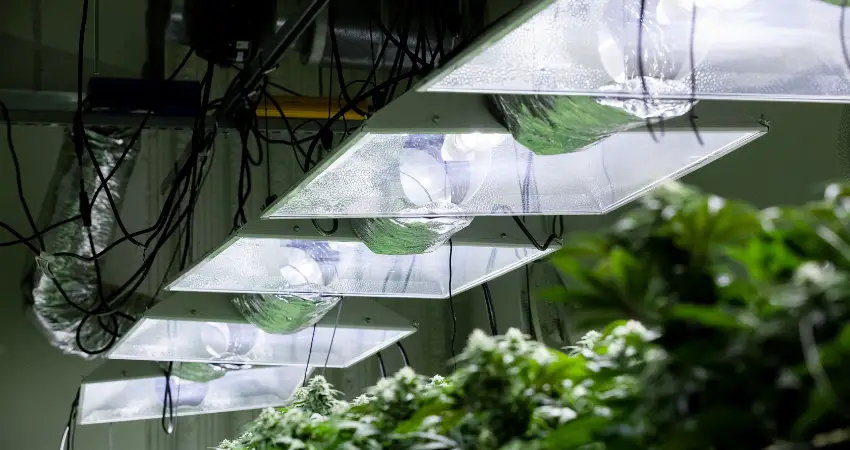
Monitoring Light Conditions
Regularly monitor your plants’ light conditions to ensure they’re receiving the right amount of light.
- Light meters: Use light meters to measure light intensity and adjust as needed.
- Observing plants: Keep an eye on your plants’ growth and appearance, looking for signs of light-related stress or imbalances.
Adjusting Light as Plants Grow
As your plants grow and develop, their lighting needs may change. Be prepared to adjust your lighting setup accordingly.
- Increasing light intensity: As plants grow taller and bushier, they may need more intense light to reach all the foliage.
- Adjusting the photoperiod: Change the photoperiod to encourage specific growth stages, such as flowering or fruiting.
- Modifying the light spectrum: Alter the light spectrum to support different stages of growth (e.g., switch from blue to red light for flowering plants).
Adapting to Seasonal Changes
Seasonal changes can impact the amount of natural light available to your plants. Be prepared to adjust your lighting setup to compensate.
- Supplementing natural light: During darker months, supplement natural light with artificial light sources to ensure your plants receive adequate light.
- Protecting plants from intense summer sun: During summer, protect plants from excessive light by moving them to a shadier location or using light-diffusing materials.
Rotating and Pruning Plants
Proper plant maintenance can help ensure your plants receive the best possible light exposure.
- Rotating plants: Rotate your plants regularly to ensure even light distribution and prevent one-sided growth.
- Pruning plants: Prune plants to remove dead or damaged foliage and promote bushier growth, allowing light to penetrate more effectively.
By understanding the basics of light for indoor plants and choosing the right light source, you can create a thriving indoor garden. Regularly monitor and adjust your lighting setup to ensure your plants receive the proper light conditions for healthy growth. With proper care and attention, your indoor plants can flourish under the right lighting conditions. Happy gardening!

